Be Kind to Your Judges' Eyes
As you finish up your manuscript and prepare it for its grand adventure in the GH, remember this one very important fact. The judge who reads your manuscript is predisposed to like it. This IS the GH, after all.Judges who are also entrants do not judge in the category they enter, so you won’t be competing against the judges who read your manuscript. The likelihood that a judge will score you low because her best friend/critique partner/chapter sister is competing in your category is nil. The seven or so manuscripts she will read wouldn’t be a drop in the bucket of the hundreds of manuscripts in your category, so why would she bother?
Yes, your judge wants to like your manuscript, so why annoy her with mistakes that are easily corrected?
The most heinous of these are:
1. Not enough white space.
2. Tiny font
3. Tiny margins
4. Too many lines on a page
5. Cutting off your entry at a low point or just letting it fizzle out.
Let’s dispense with the easiest one first—-not enough white space. Simply put, lots of white space means lots of dialog. Readers, be they judges or the editor who reads your manuscript, are looking for a manuscript that reads quickly, and dialog is the best way to move the story along and allow your characters’ personalities to shine through. Think of your favorite television shows (remember Moonlighting, and more recently, Gilmore Girls?) where the dialog was smart and snappy and it was the characterizations kept you coming back week after week. Dialog is dynamic! Leave the long descriptions of country hedgerows to Thomas Hardy.
Look at your manuscript. Is the print so tiny you need a magnifying glass to read it? Is the text spread all the way out to the edges? Have you labored to squeeze as many lines on the page as is humanly possible?
If I’m your judge I may be predisposed to like your story, but I’m not going to care too much for you!
Early in my career I was given a piece of advice that I believe is golden. Pick a format and stick with it. If you’re spending time manipulating your manuscript differently for each contest you enter, you’re wasting time you could spend writing. While there is no universally applied standard manuscript format, most writers use the following:
1-inch margins all around
a 12-point font (usually Courier New or Times New Roman)
25 lines per page
I know writers who don’t begin each new chapter on a new page (again, enabling them to squeeze more words into an entry) but I still observe the advice I got from an editor I targeted for my work early on. She said to present the manuscript as if it was already a book, and specifically mentioned starting each new chapter 1/3 of the way down the page. Adopting a specific format came easy to me because I like the predictibility of routine and because I consider sweating those kinds of details a waste of time.
Yes, it’s true that Jack Kerouac first submitted On The Road on a roll of paper that resembled a scroll more than a book, but it’s unlikely his manuscript would have made it past the mail room today, regardless of how exceptional it was.
Last but not least, end your entry with a hook. Don’t just print it out to page 55 and stuff it into the envelope, even if it cuts your entry short by a page or two. When the judge finishes reading and picks up the score sheet you want her to be thinking WOW! not UGH. Or worse, be questioning your storytelling skills because you didn’t take the opportunity to be brilliant when you had it right there in your hands.
P.S.
White paper, black ink, no glitter, perfume or hidden bribes of chocolate. Be professional Remember, when you final, this is the manuscript the final round judge, possibly an acquiring editor, will read. Good luck!
P.P.S.
Don’t forget that Friday (that’s tomorrow! Eek!) is Q & A Day. We look forward to lots of Qs and a fun, free-ranging discussion.

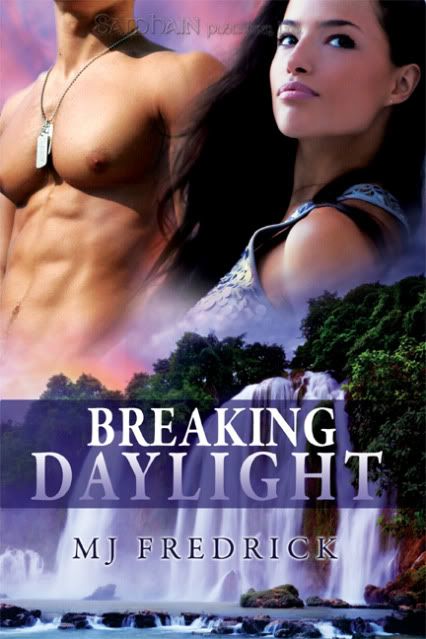
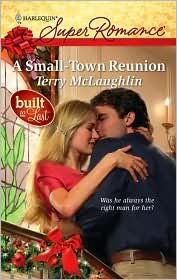
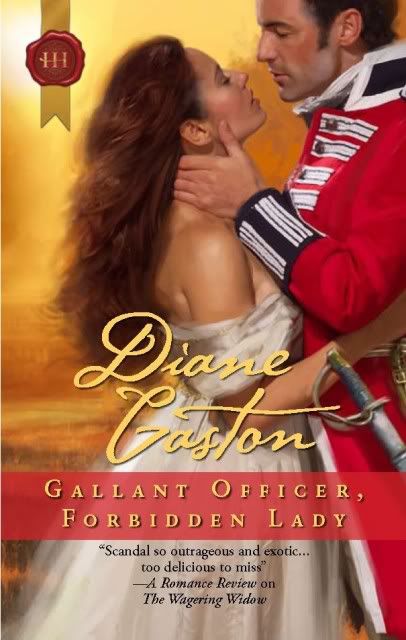


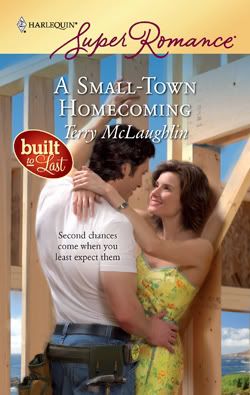
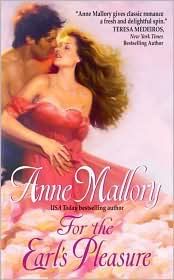

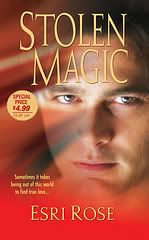
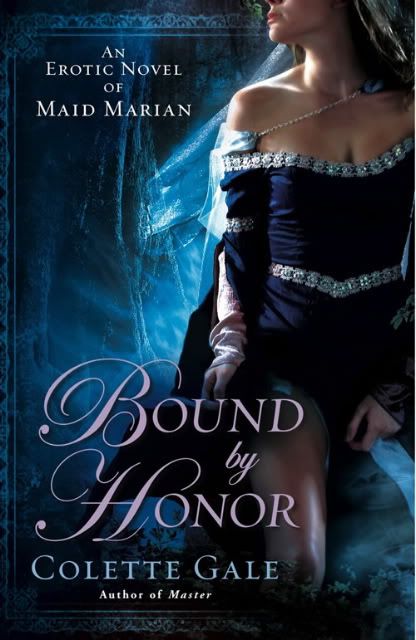
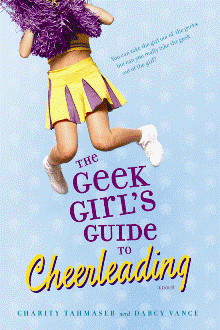
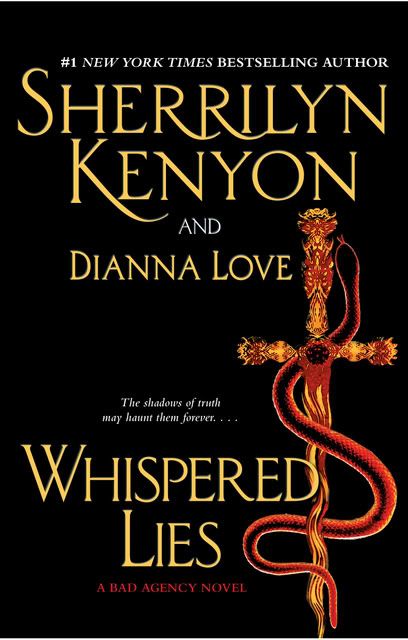
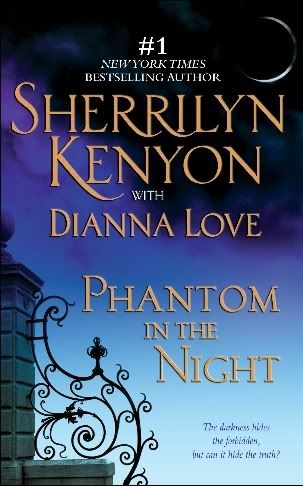




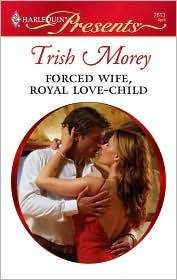
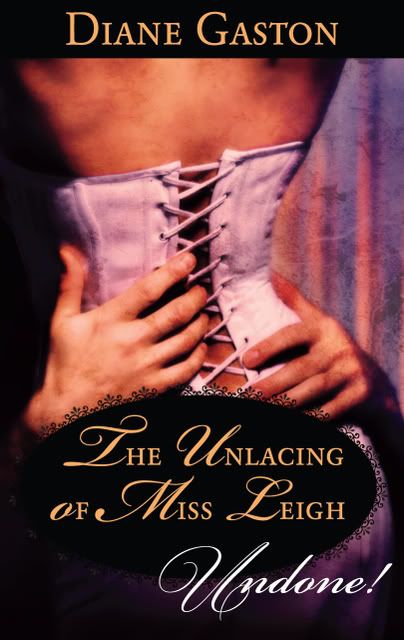




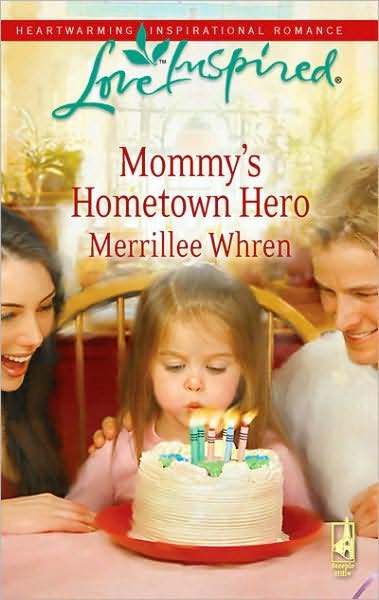
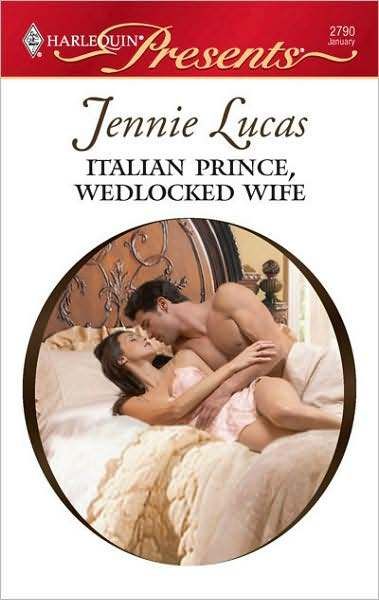
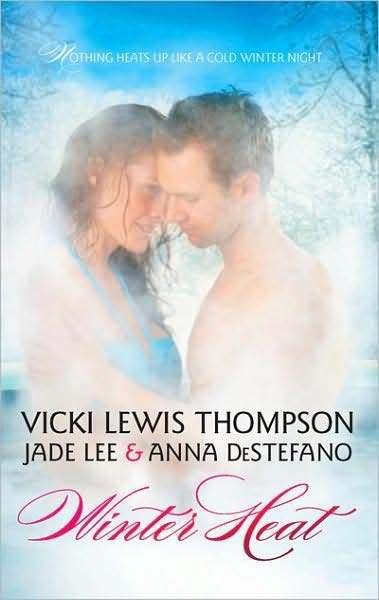
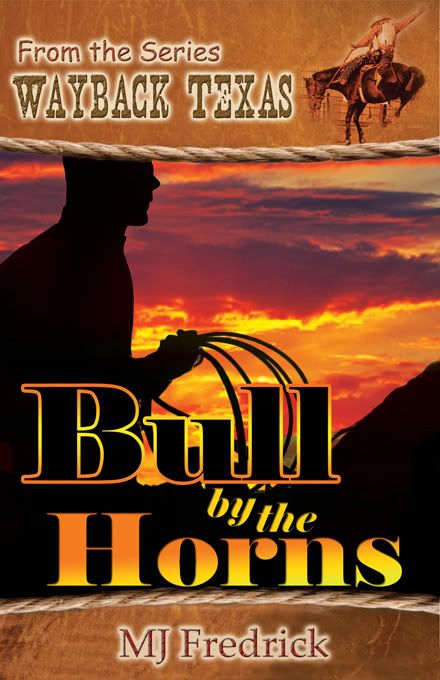
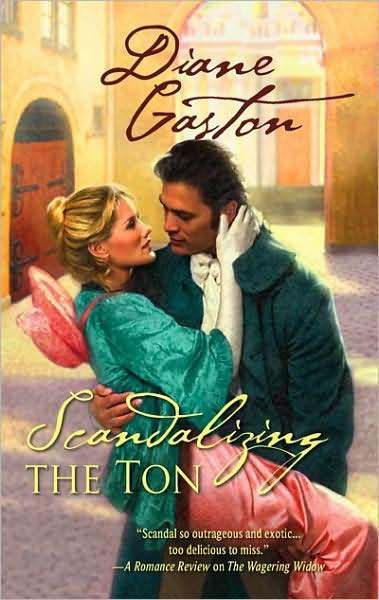
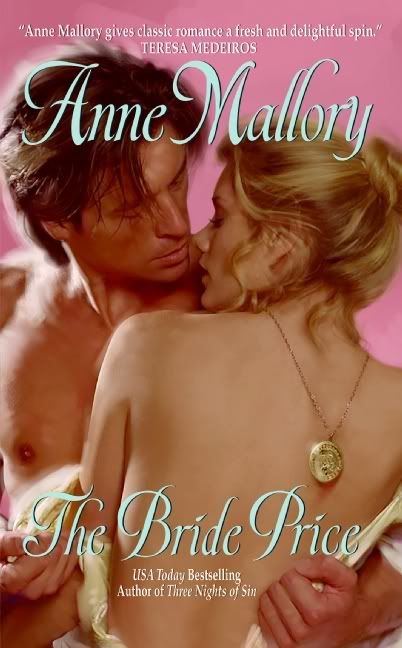
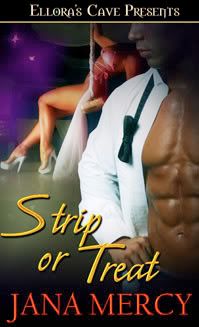
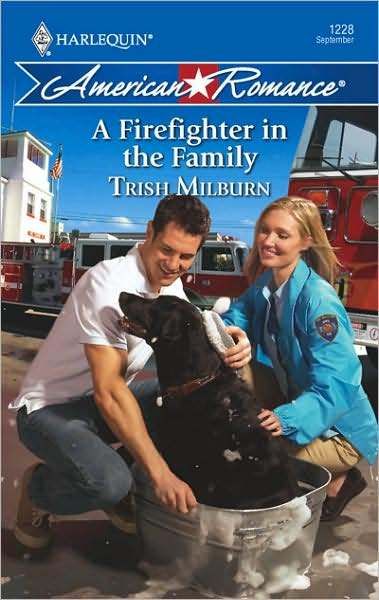
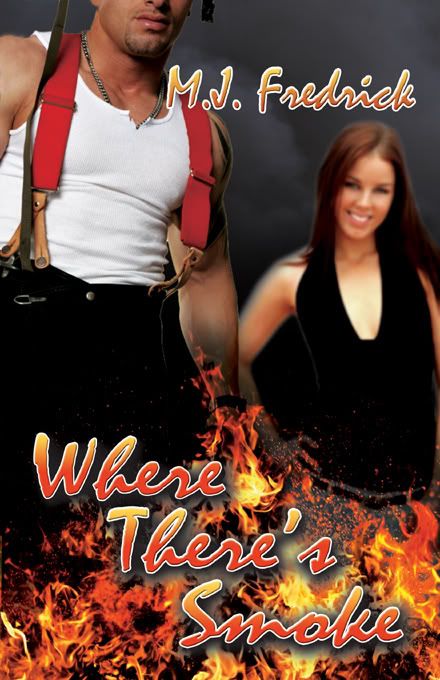
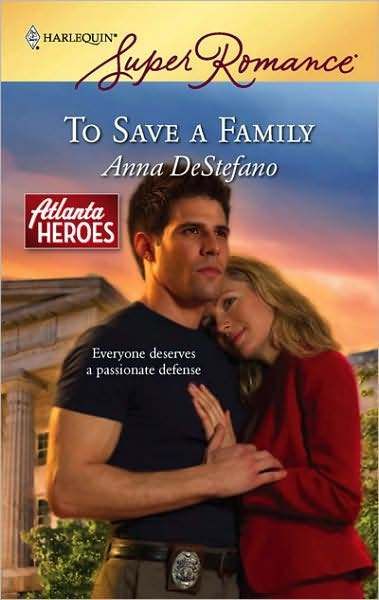


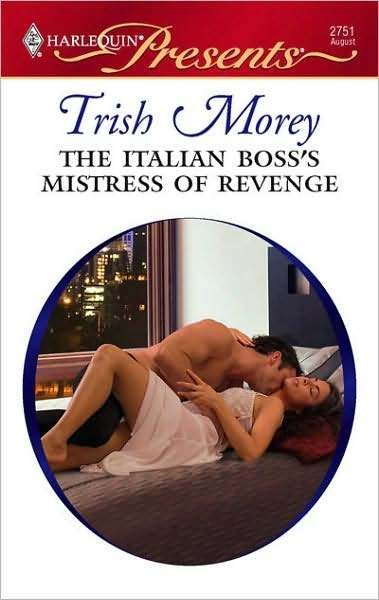
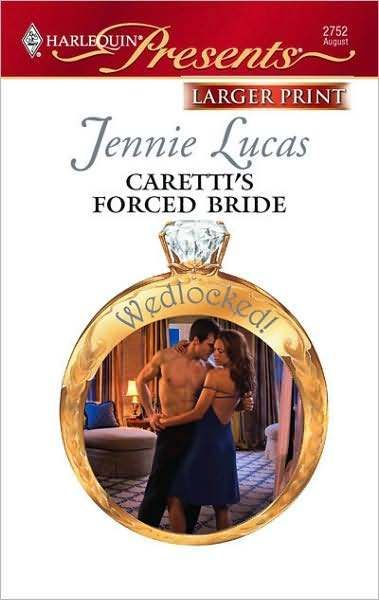



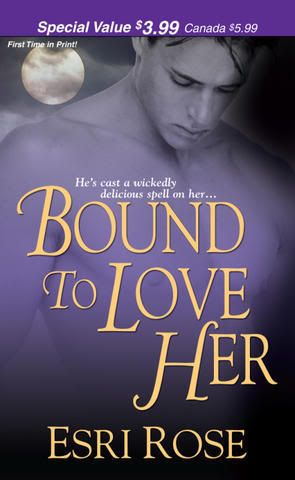

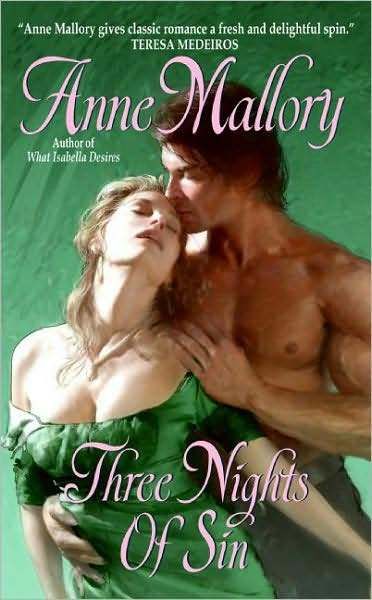
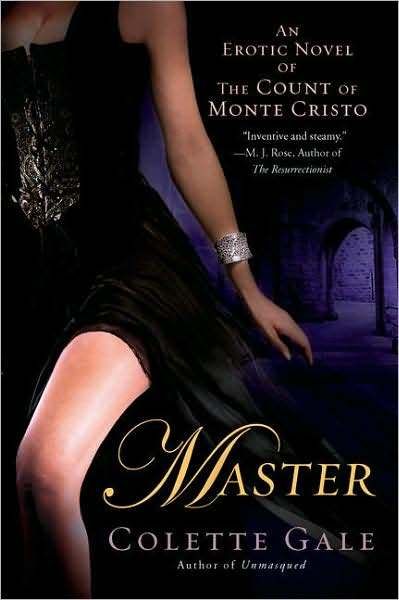





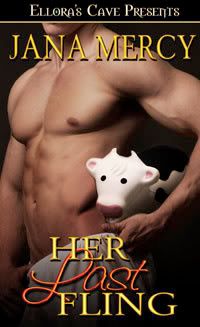
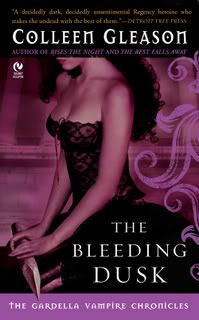
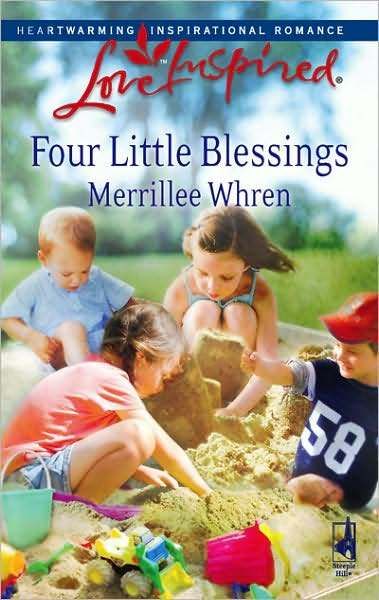

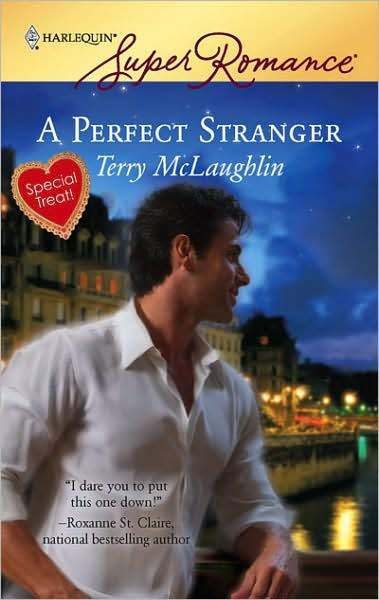


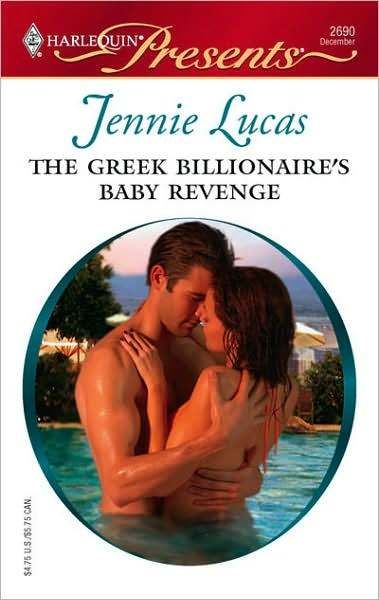

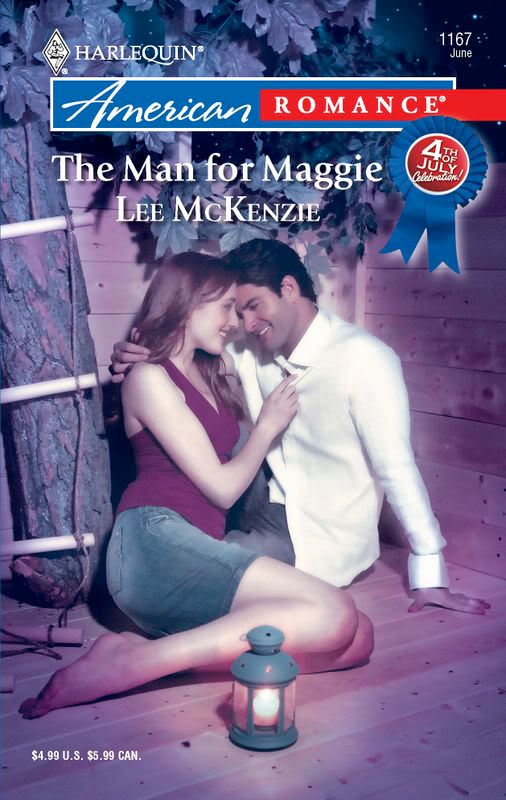
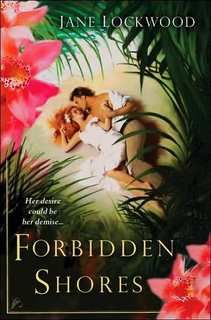

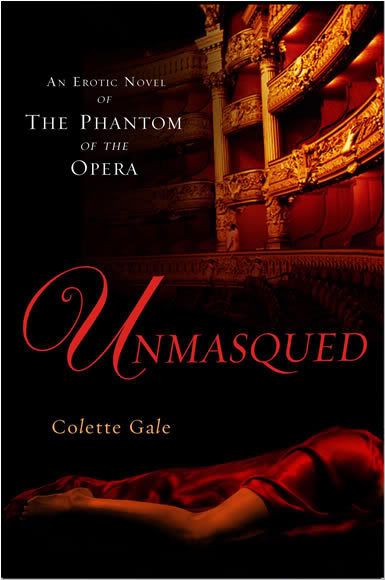
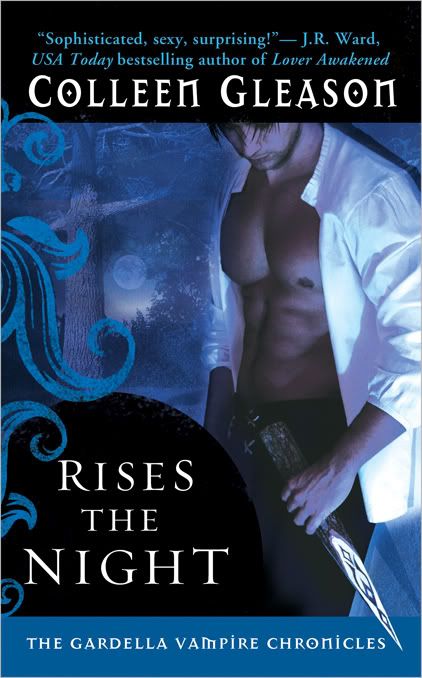
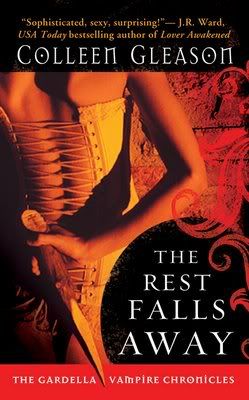
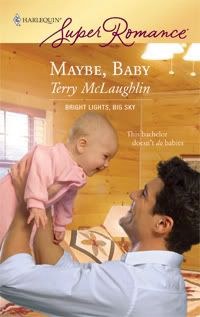
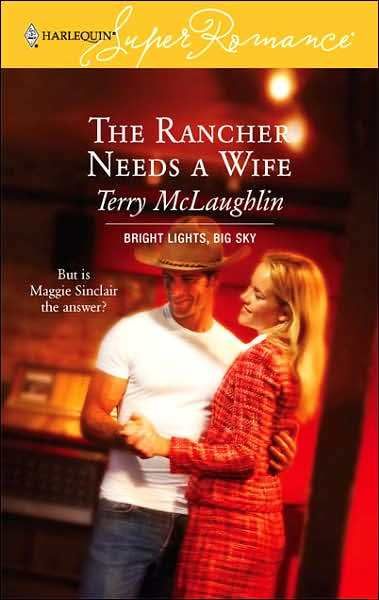
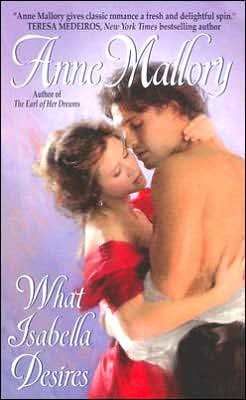
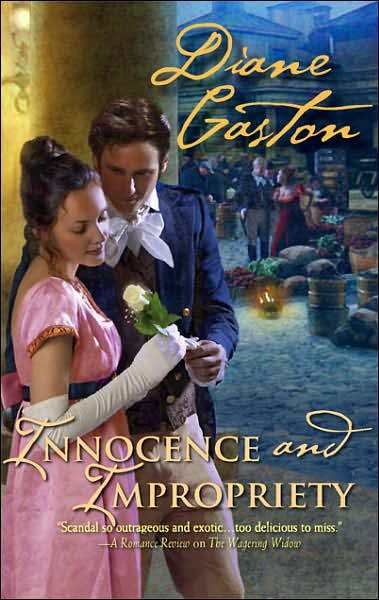
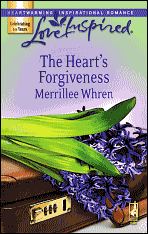
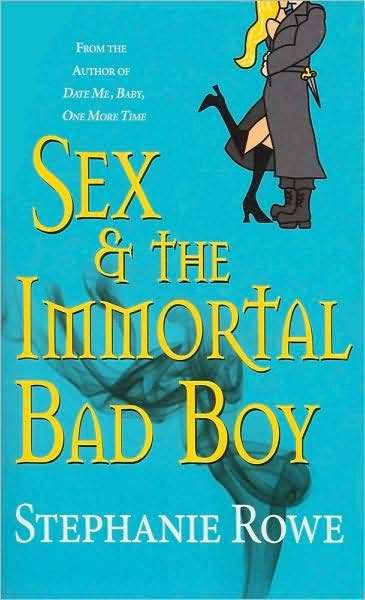
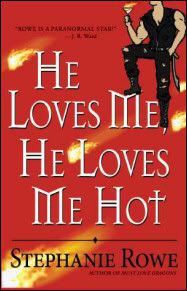
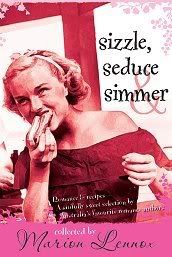
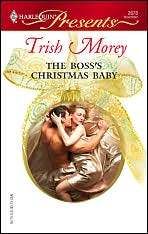
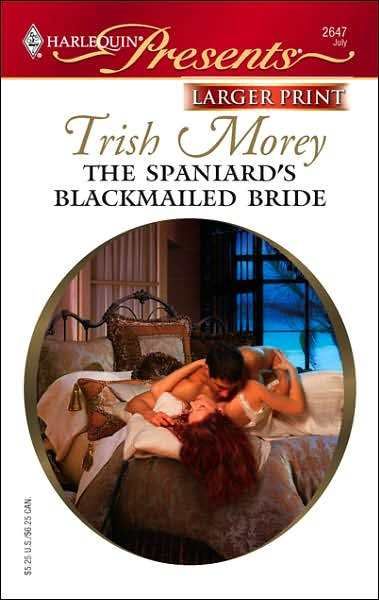
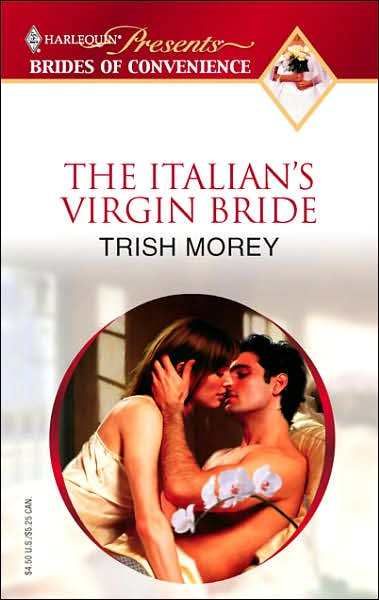
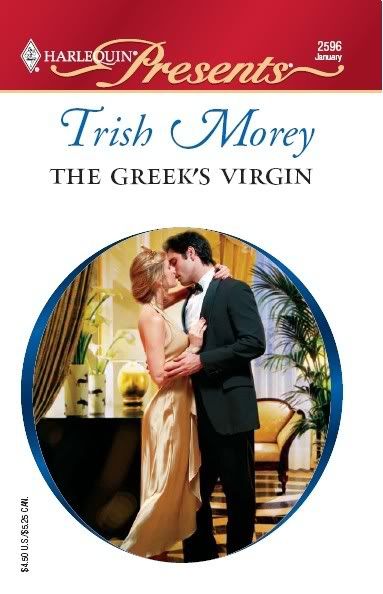

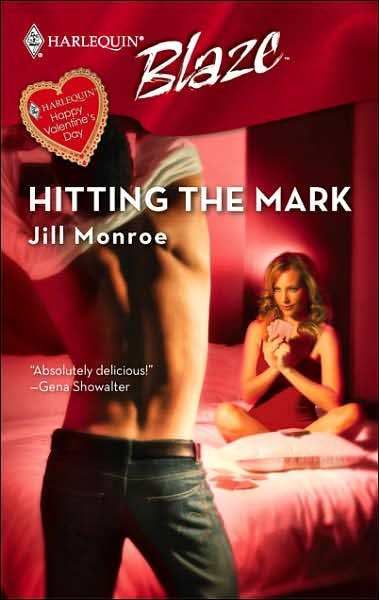
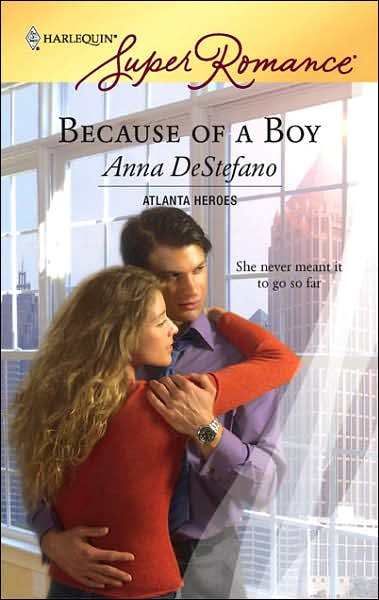
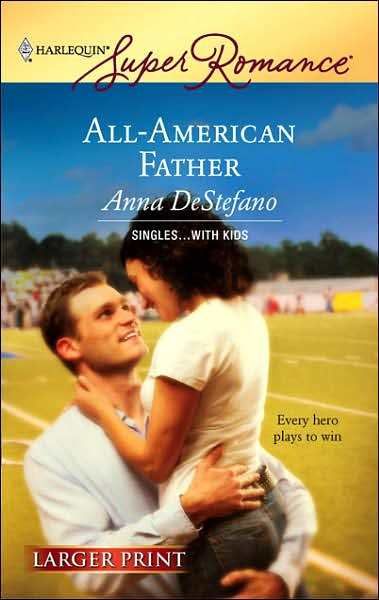
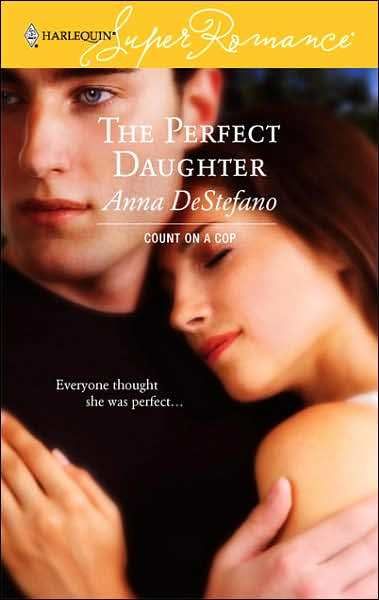

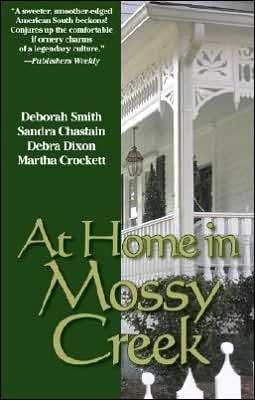
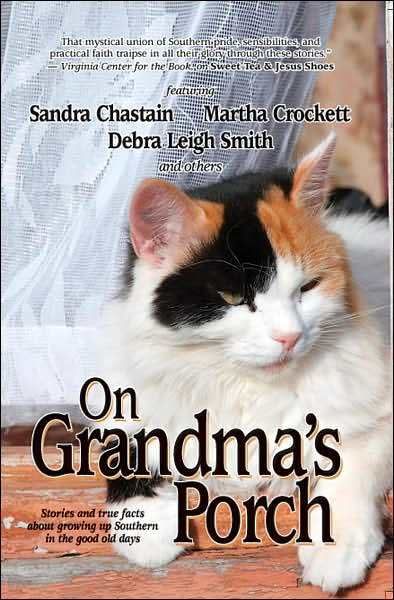
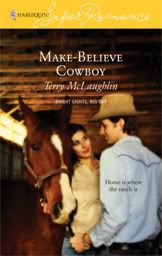

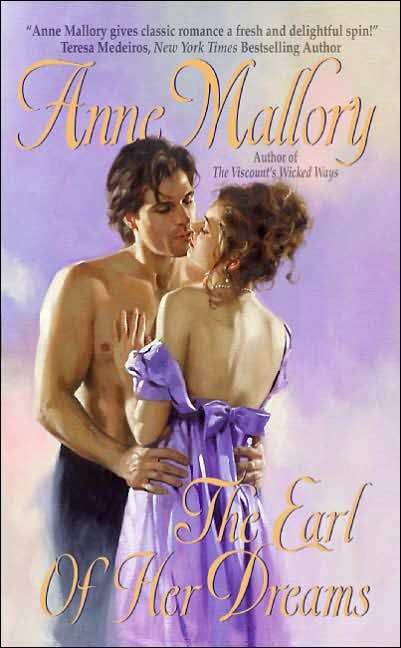
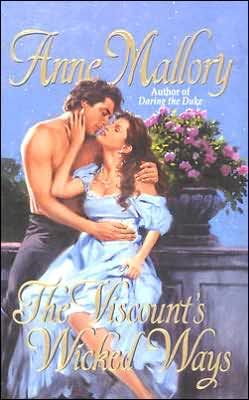
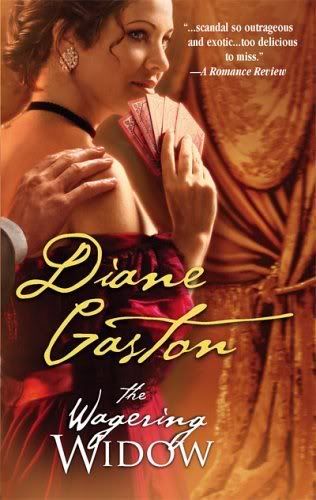
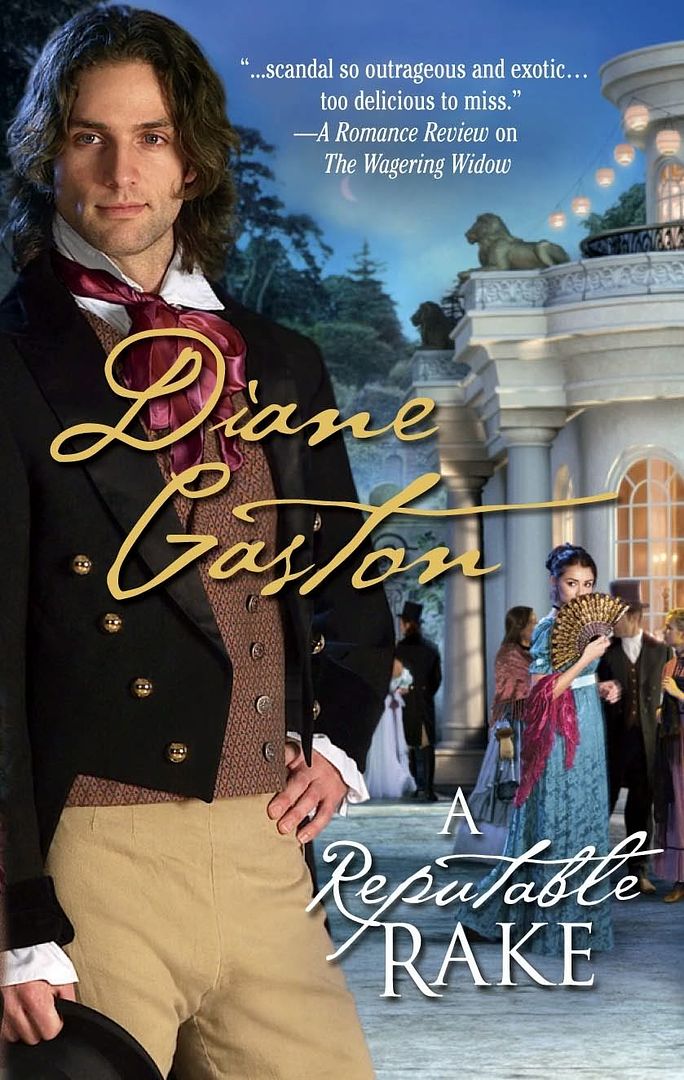
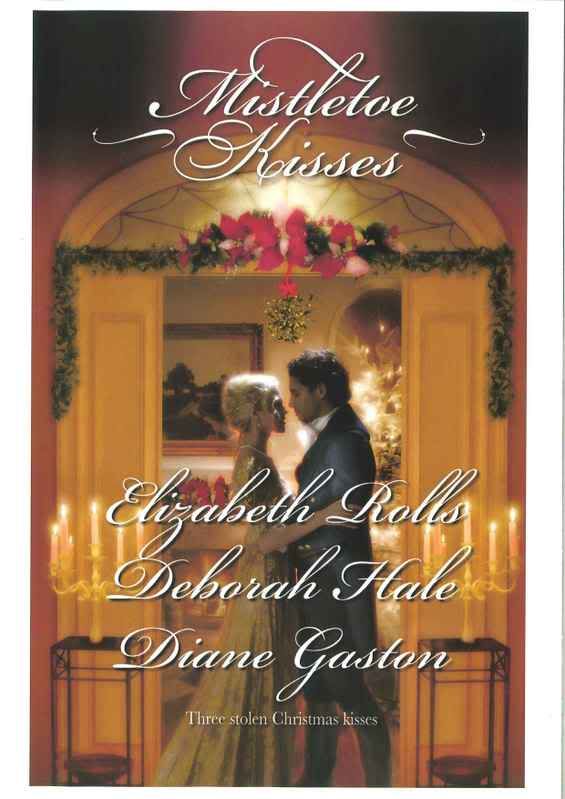
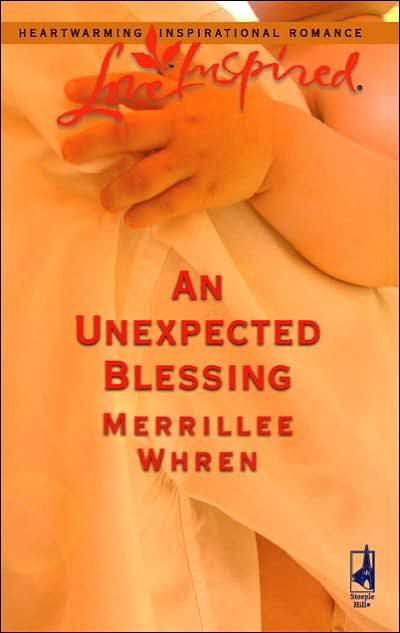

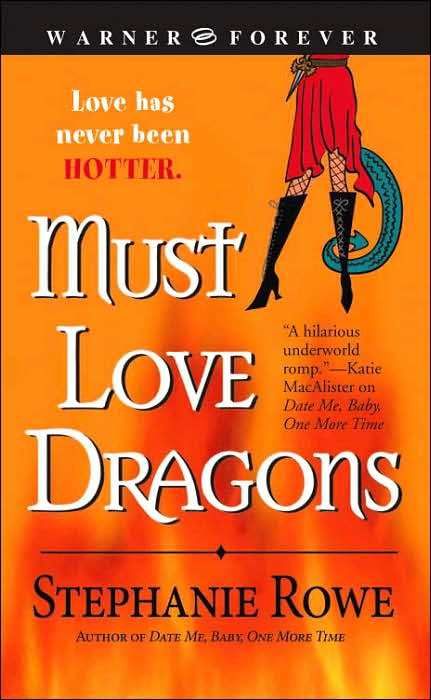
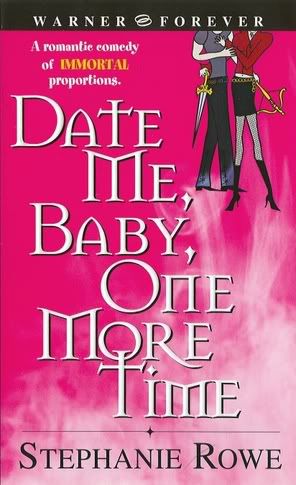
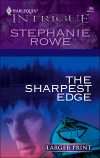
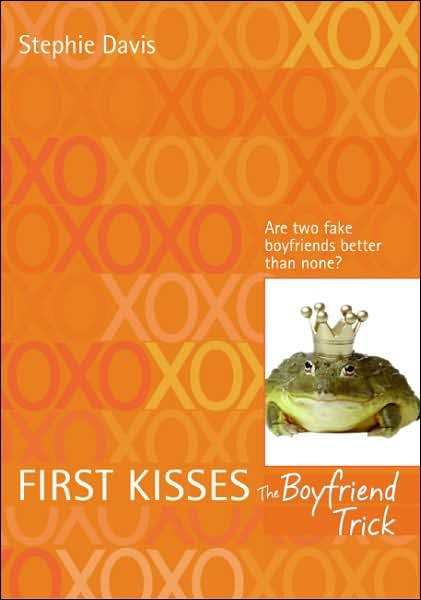
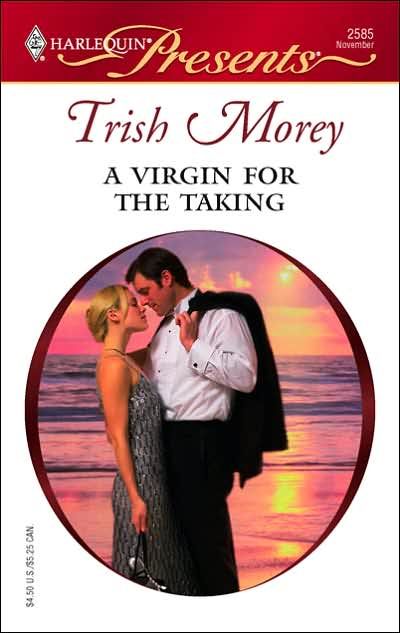
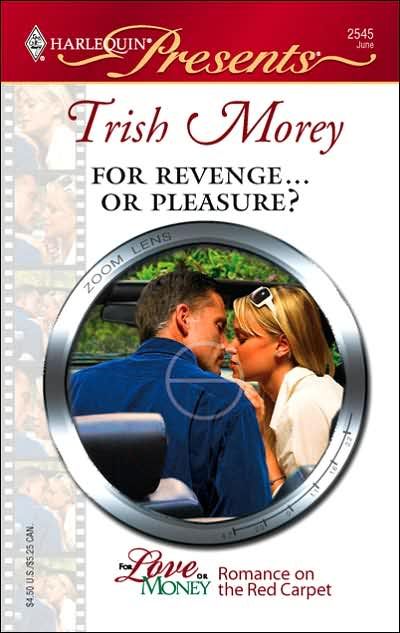
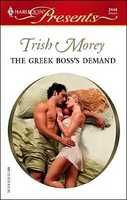



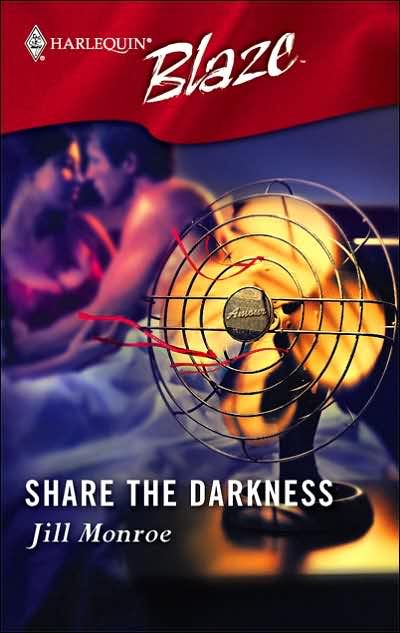




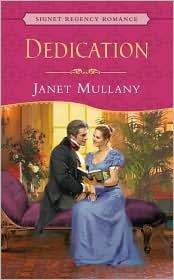
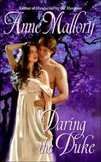
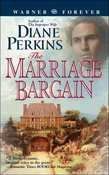
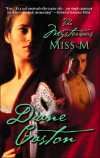

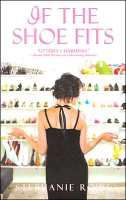

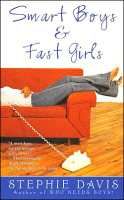



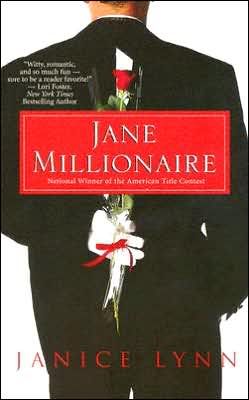


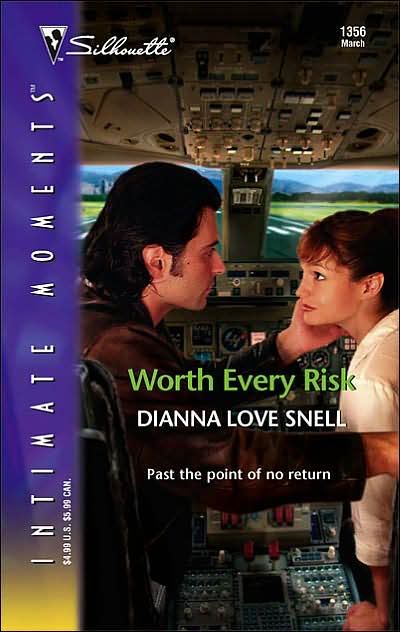
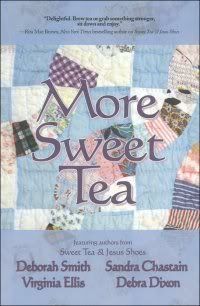
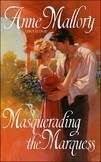
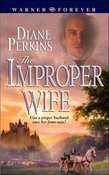
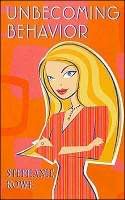
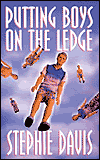


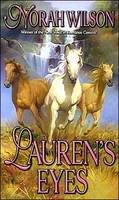
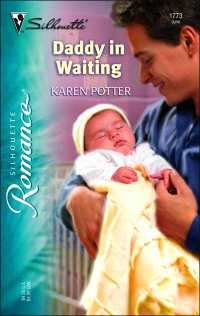
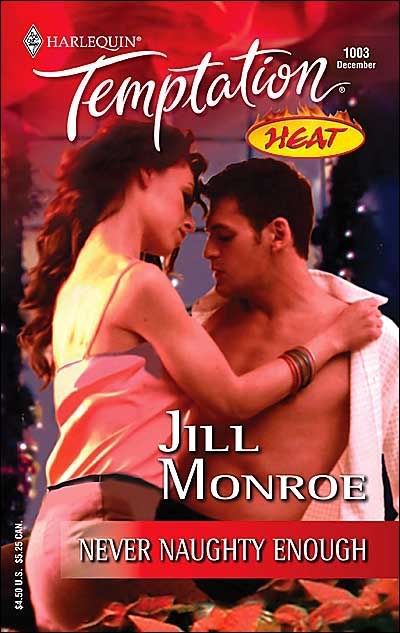





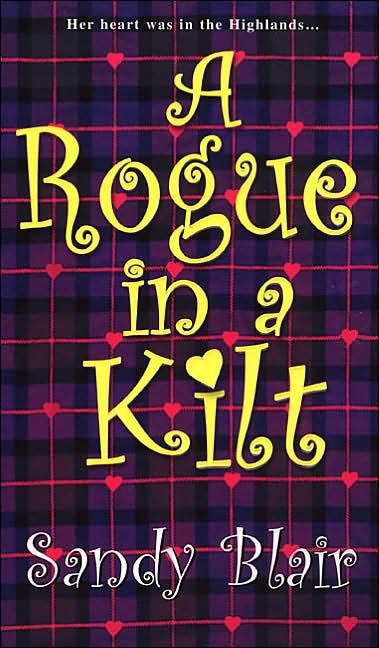

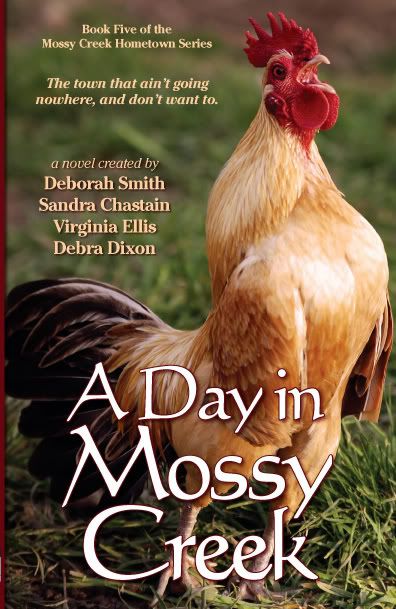

29 Comments:
Is it kinder to use courier? (I personally find TNR easier to read, but courier seems to be standard.)
Underline or italicize? (I think underlining works better in courier, but I like the look of italics in TNR.)
One space after sentences or two? (I like one in courier, two in TNR.)
And what about TNR 13 or 14?
Why doesn't RWA just specify font, font size, etc? Wouldn't standardizing the format of the entries make everything easier?
I recently learned of a font called Dark Courier. It's available for downloading from the HP website. It's supposed to use the same spacing as Courier, which is like the old typewriters, but print darker. I haven't tried it yet but it sounds promising.
You can find it here.
To me, not having a publishing industry-wide standard is simply a way for publishers to determine whether one can follow directions. Having to check and modify constantly is a waste of time but taking the time to do so says something about one's willingness to get in the game and play by the rules.
I've made the font bigger and I'm being much kinder. I prefer TNR so what font size should I used? I like 13 myself and think 14 a tad too big. What do you think?
TNR 12 with 25 lines per page is a LOT of words. A lot a lot a lot.
I could easily fit in an additional 3000 words if I did TNR 12 at 25 lines per page.
I prefer the way TNR looks--is TNR 13 okay?
Patricia, thanks I just downloaded the dark courier and it is much better looking. The only thing is it just turned my previously 440 page manuscript to 526 pages. Ouch!!
Hi, Sara and Patricia. Thanks for stopping by.
As a reader I prefer courier, but I understand some authors don't like it. TNR seems crowded to me.
Back in the olden days, typewriters didn't italicize, so underlining became standard. Now that computers can italicize many authors hang on to the habit of underlining. For me, underlining makes the word or phrase stand out, whereas an italicized word may be overlooked by an editor or copy setter.
When I learned to type I was taught to put two spaces after a sentence, but when books are printed, one space is used. Now that more publishers are using word counts instead of page counts to determine the length of a story, it really doesn't matter, unless you want to consider the copy setter who has to go through and delete all those spaces. I was not asked to delete them when I submitted my final ms., but others may have had a different experience. Comments?
As to TNR 13 or 14, bigger is not necessarily better. If you have time to play, try taking a single page of your manuscript, apply different spacing and fonts and see how much you lose or gain in the exercise. Then make your decision about which combination works best for you.
If you're working with a particular editor, be sure to ask his or her preference, then follow your gut.
Patricia may be right (or not) about formats being a test of whether or not you can play by the rules. Still, I've always believed that you have to know the rules before you can break them.
I'm with sara. I use TNR (12pt-25 lns/pg), it's much nicer to the eyes. lol! And my italicized is much cleaner this way. I have whole chapters in my book that take place in a dream setting, and are italicized...and cannot imagine reading a whole chapter underlined? like it was originally (many moons ago) when I did have it in courier. In my newest WIP (halfway through) I do underline, cause I don't have so much this go-round.
When you break up a scene with ### do you have an additional space above and below?
And I did not know every chapter was 9 lines down... I only have the first one like that.
Great post, Karen! I too think TNR 12 looks great...but not when I'm judging a writing contest. If you prefer TNR, I'd go with 13 (14 DOES look too big). I always tried to ingratiate myself with Courier New, which is darker than Courier, but now I'm off in search of Courier Dark! Thanks for the link, Patricia. I also use underscoring to indicate italics, partly because italics do not show up well in Courier, and partly because I worried that folks who were judging my entry might be hardcore about that.
Okay. Let's see if I understand. Readers prefer Courier, unless they prefer TNR. TNR 12 is to be preferred because bigger is not necessarily better; but TNR 13 is just right and TNR 14 is too big. Italicize in TNR, unless you shouldn't.
I think the lesson is: You will not get five judges who prefer your manuscript format, no matter what you choose. Just try not to piss them off too badly.
Anyone wanna take on the one inch margin? LOL.
CM,
You do understand!
The point is to present a readable manuscript that's not so far outside the norm that the reader tosses it aside and asks, "What the heck was she thinking?" Hence, the comment about the glitter. And the chocolate.
Now do you see why I picked a format and stuck with it all these years?
In the contests I've entered I've received glowing remarks and growls concerning the courier new, everything from "Well formatted, thanks so much" to "old-fashioned...".
It's really frustrating.
I am accustomed to new courier. I am going to underline instead of italicize. And I know the white space is important to every judge.
I suppose I'll go back and re-exam where my ending "hook" falls. I'm a great deal more preoccupied about where exactly to cut my story than which font to use. If my ending hook is greatly affected by my font, then I'll switch.
Thanks for the words of wisdom, Karen! :)
My manuscripts are both TNR. And that's probably what they'll stay at...for my own sanity.
Question...Does anyone know how to format so you get 25 lines per page? I've never been able to figure that out. I go into the paragraph formatting and click off the widow/orphan control so paragraphs will split at a page break, but other than that I don't know what to do.
Under formatting:
Format --> Paragraph --> Line Spacing --> Exactly, Tab, 25 pt
That was hit tab into the space, that usually comes up with a standard 12 pt... just change it to 25
Oh, my. Brain hurt. I've gone back and forth with Courier and TNR since this topic first arose, but I'm back to Courier and sticking to it. As it turned out, when I used Courier the MS ended on a better hook than when I used TNR. The fates must be trying to tell me something!
I have another question:
When you are switching from one POV to another, do you simply leave a space (how many?) or do you put the *** between the paragraphs?
Thanks!
Why doesn't RWA just specify font, font size, etc? Wouldn't standardizing the format of the entries make everything easier?
Here's why, Sara. In the 2000 GH the GH rules were extremely specific about font, font size, spacing, lines per page, etc. It was hoped that it would be easier for entrants if everything was defined very specifically.
It didn't work.
Entrants were more confused than ever and people were disqualified for not double spacing for a quotation that came before their chapter...or my favorite, because the font in the header was the wrong font. That was the one that got my entry disqualified.(How was I supposed to know that the header font was different than the manuscript font?) There were bunches of disqualifications for stupid stuff like that.
There was a huge furor about it and, as a result, the contest was revised to essentially its present style.
It's designed to mimic the submission process. First you submit a partial and synopsis, then you send a whole manuscript. Because editors said they didn't care what format was used as long as it was readable,(meaning large enough font and double-spaced) the formatting rules disappeared.
I think you have a lot of leeway now in how you format, but it is wise not to stray too far from that old standard of courier 12, one inch margins, 25 lines per page, just because that standard IS readable and familiar..
Because TNR is so common on our computers, it has become accepted as well.
Don't sweat the formatting too much. I'd probably advise anyone to use the old standard, just to be safe, but I personally would not score down for minor variations in formatting. In fact, the judging rules pretty much tell you not to score down for formatting, don't they?
(Patricia W, thank you for mentioning the WNP on your blog!)
My pleasure, Diane. My blog is all about my journey to publication, and sharing what I learn along the way. I usually save my tidbits for Fridays but this week's discussion here as been so timely for where I am in the process.
Karen, I like the idea of a standard process (standard to me but close enough to most guidelines). I think sometimes we just need to hear someone say "I broke the rules and wasn't punished."
Gillian,
When switching from one POV to another within a scene, do not use a scene break. It's usually best to begin the new character's POV with an action, so that the reader's "eyes" are on that new character.
Try to avoid head-hopping by limiting POV changes within a scene.
But I don't think it is "wrong" to use a scene break if you switch POV, although I like Karen's way myself.
If you do use a scene break it is space - some kind of mark - space
Actually this is not something I would even notice in a contest entry. If there were a space, that would be fine with me.
Informative discussion today. I use TNR 12, but plan to enter using Courier. The ending hook is too perfect with that page count.
First of all, I've heard from editors that we writers get way more bent out of shape about fonts and point sizes and such than they do. I believe that precise page counts are most important if you're submitting to Harlequin or Silhouette because of the way they print their books. They have to come in at a certain page count. With other houses, there is more leeway.
As Diane said, for purposes of the Golden Heart, getting really specific with formatting guidelines is a giant pain. It doesn't seem like there should be, but the more specific we are about guidelines in the contests, the more confusion there is.
I've said it before, but I think it bears repeating -- it's better to cut your GH entry a few pages short of the max allowed and end it at a good hook than to try to play with the formatting so that you get the max number of pages in. As a judge, it really irks me when I get an entry that looks like it's 8-point TNR with huge swaths of text with little white space. My eyeballs want to explode.
Those of us who lived through the painful time of the Great DQ, as it was called, are very happy the stringent formatting rules were abandoned. I think it's hard for writers not to have a standard format they know is right. But there isn't one.
We're in a period of transition now, between the leftover rules of the old conservative typewriter days and the newer computer- internet days. All the comments you have made today show how formatting has changed. Just ten years ago, Times New Roman was bad-mouthed as a way to "cheat", that is, get more words into a partial that you were allowed. Today it's probably preferred over Courier fonts by most people (not me). Two spaces between sentences are giving way to one space. 12-13-14 points? Doesn't really matter to most people. Ten years ago, you never used the computer word count-- it was considered amateurish. Today, more and more publishers and editors only want the exact computer word count. I suspect in a few more years, all contests including the Golden Heart will use computer word count.
So you can't satisfy everyone. There are too many ways of doing something which really shouldn't matter. Just make it clean, neat, and easy to read and most people will be happy.
t
You mean I wasted all that money I spend on the chocolate scented paper with the holographic picture of Hugh Jackman in the nude??? Horrors!! Good to hear the takes on italics versus underlining. I use 12 pt TNR and I like the way it looks. One of my crit partners and fellow Passion's Slave of Gillian and myself, Erin McClune, walked me through the format where you get 25 lines per page etc. I went through and switched every chapter of my WIP to this format. It was a huge help. Just as this blog has been!!! Ladies, you are all just the best!!
Doglady wrote, "You mean I wasted all that money I spend on the chocolate scented paper with the holographic picture of Hugh Jackman in the nude???"
Nope. You can send it to me:-)
Great discussion here today. Nothing to add other than to reiterate - don't sweat the small stuff, it's the story that counts. Ask any editor.
These are all great tips, Karen. Pick a format and stick with it. Good advice!
"chocolate scented paper with the holographic picture of Hugh Jackman in the nude?"
One of the many reasons I adore you as a crit partner, dear; it's SO much fun to read your work :)
Ummm, do they have chocolate scented paper with the holographic picture of Gerard Butler in the nude? If so, I want to buy some....
I didn't put in my two scents (get it? SCENTS..as in chocolate) about italics.
My sage advice? Do whatever you like. It shouldn't make a difference.
And shame on any judge who would score down for such a thing!
Diane, I think they tried to manufacture some chocolate scented paper with a nude holographic picture of Gerard Butler on it, but it was so hot, all they got was a Gerard Butler dipped in chocolate S'MORE!!!
Post a Comment
<< Home
Subscribe to Post Comments [Atom]